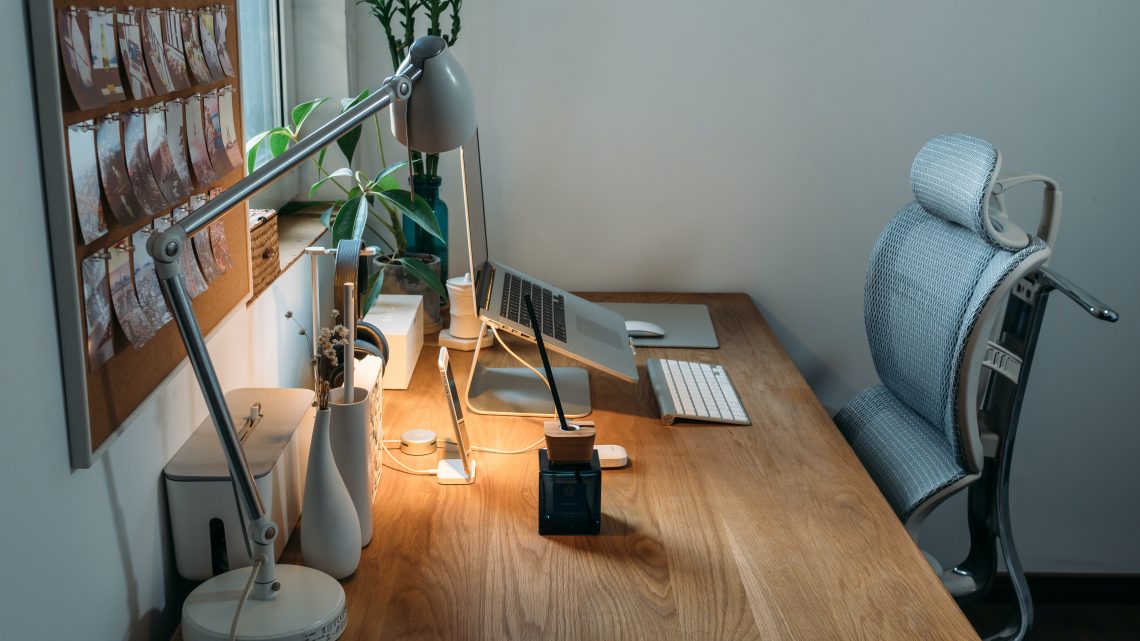Workplace ergonomics involves the study of designing workstations to fit the needs of the human body. Proper ergonomics helps to promote workplace safety and efficiency. Poorly designed workstations, on the other hand, can lead to a wide variety of injuries, such as musculoskeletal disorders, fatigue, and eye strain. By implementing positive changes to workstations, employers can prevent injuries and create a better work-life for their employees. Whether employees work with heavy machinery or at a desk, they can all benefit from proper ergonomics.
Common Work-Related Injuries
The most common injuries from a poorly designed workstation are musculoskeletal disorders (MSDs). These include any injury that affects joints, bones, or muscles. Approximately 1.71 billion people are affected by an MSD. MSDs can be the result of repeated poor posture, movement, and awkward positioning that leads to strains. Not only do these impact employees’ well-being, but they can lead to a loss of productivity and an increase in absenteeism. Poor ergonomics can make an already present MSD worse.
Other injuries include fatigue, eye strain, and carpal tunnel. By being knowledgeable about the various conditions that can result from poorly designed workstations, employers can create a safer work environment.
The Benefits of Workplace Ergonomics
So, how does applying ergonomics help in the workplace?
Increased Employee Satisfaction
By applying ergonomics, employers can meet the needs of their individual employees. It could include adjusting chair and desk height, placing monitors at a distance to reduce eye strain, encouraging regular breaks, or positioning keyboards to prevent wrist injuries. If these changes are made, employees will not only feel more comfortable and have increased productivity, but they feel more valued at work. Studies have shown that applying ergonomics boosts employee morale.
Cuts Financial Costs for Employers
The benefits of ergonomics go beyond simply increasing employees’ comfort at work: an ergonomic work environment will help employers save money in the long run. By increasing employee satisfaction, they will see less absenteeism. Employees are able to be more productive when they have the right tools to help them succeed.
In addition by promoting a safer work environment, companies have less workplace injuries. According to the Law Offices of John Phebus, all companies with one or more employees have to offer workers’ compensation insurance to their employees, with the exception of companies in Texas. Companies save much more money in the long run by preventing workplace accidents, and not having to deal with the financial blow of workers’ compensation claims.
Creating an ergonomic work environment goes beyond just providing the right furniture and equipment. It also involves fostering a culture of awareness and accountability among employees. Employers can encourage employees to take regular breaks, practice good posture, and utilize ergonomic tools and resources provided to them. Training programs, workshops, and informational materials can be provided to educate employees and teach them how to apply ergonomic principles in their day-to-day tasks. Additionally, employers can open communication channels for employees to provide feedback or report any discomfort or issues related to their workstations so the necessary adjustments can be made promptly. By involving employees in the process and encouraging their active participation, employers can create a collaborative and proactive approach to workplace ergonomics, resulting in a safer and healthier work environment.




No Comment